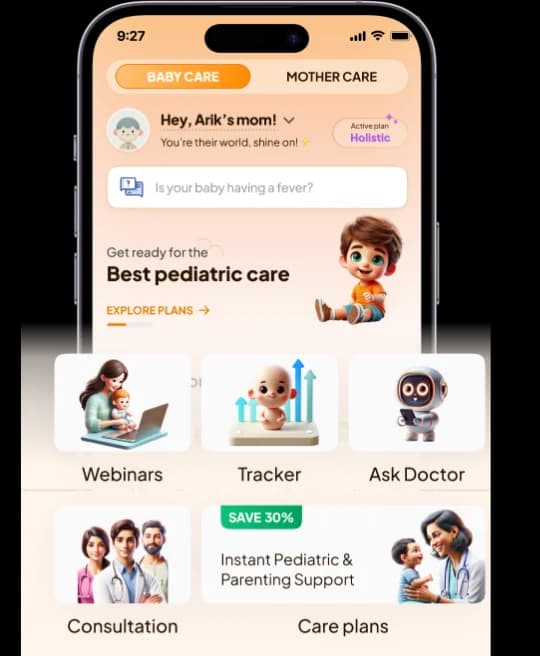
There are a number of reasons why you may experience breast pain while you're breastfeeding. Always ask for help from your pediatrician if you're having problems breastfeeding. Here are some tips for addressing some of the most typical issues.
NOTE:
Nipple or breast pain is not normal. Nipple or breast pain is not a normal part of breastfeeding. Your nipples may be sensitive in the first few days after birth and while breastfeeding, but sore nipples or breasts indicate a problem. If you feel pain, you should seek help immediately.
Blood in breastmilk
If there is a small amount of blood in your breastmilk because of nipple trauma, it will not harm your baby. You can continue to breastfeed unless the pain becomes unbearable.
Breastfeeding parents with some medical conditions (such as hepatitis B or hepatitis C) may be advised to stop breastfeeding temporarily until the nipples have healed and there is no blood in the breastmilk. If this is the case, you can express breastmilk in replacement of a breastfeed to maintain your supply and discard your breastmilk until your nipples have healed.
Incorrect attachment is the main cause of nipple problems
Incorrect attachment of the baby onto the breast is the most common cause of nipple pain. Slightly changing the position of the baby on the breast should help. Contact your lactation expert for any of the queries related to improper latching.
Breast and nipple thrush
Breast and nipple thrush (a fungal infection) may occur in the first weeks after birth, but can develop at any time. Signs and symptoms may include:
- Severe, burning nipple pain for the entire breastfeed—correct attachment does not alter the pain.
- The nipples may be a brighter pink than normal and may be shiny. They may, however, look normal.
Treating thrush for mother -
Nipple and breast thrush is treated with antifungal medicine and antifungal nipple gel or creams. Antifungal gels and creams include nystatin, clotrimazole and miconazole. These are applied to the nipple after each feed. Oral antifungal treatment such as fluconazole may also be used. Contact your pediatrician for more information regarding treatment for the same.







